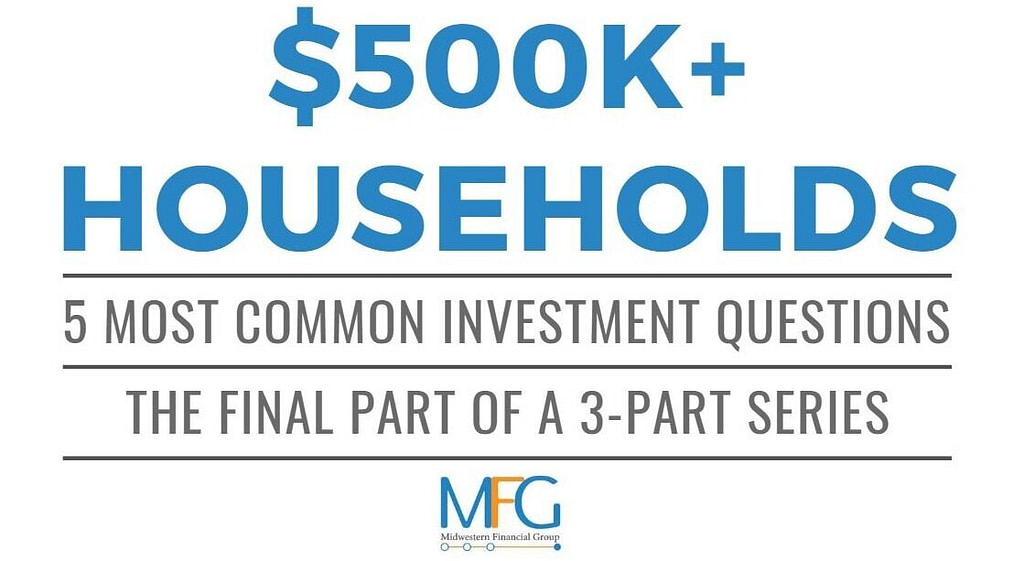Pre-pandemic the median American checking account balance was $5,300. For many the question they’re asking themselves is, “Do I have enough emergency savings?”
For many of our clients 2020 was a year of savings. And after months of moving extra income into savings, the question they are asking themselves is “Do I have too much emergency savings?”
That might seem like a silly question, but it all comes down to putting your money in a place it will grow whenever you will need it – now or 30 years in the future – and savings accounts might not be the answer.
Let’s dig into it.
The Average American Saved Throughout 2020
2020 was not kind financially to millions of Americans, but for many, the lack of travel and entertainment spending and stimulus checks received, allowed cash to accumulate in checking and savings accounts. In fact, the U.S. ‘Personal Savings Rate’ has been historically high throughout the pandemic. In April 2020, the average American saved 33% of their income, the highest rating ever.

oo much savings is a great problem to have, a problem that happens later in a career and often after kids leave daycare, but too much emergency savings can be a problem if a family wants to optimize their finances. When we sit down with clients, the first task is to determine what an appropriate emergency savings level is.
NO BLANKET ADVICE AT MFG
National financial talking heads such as Dave Ramsey and Suze Orman love preaching 3-8 months of emergency savings. At MFG, our advice is not generalized. With every client, it’s our job to help them determine the appropriate amount for their family. Below is a framework for getting to the answer:
Below is a framework for getting to the answer:
· Do you rent or own your home?
· Do you have kids?
· How many liabilities on your net worth statement?
· Do you have liquid savings in the stock and bond market?
· Are you a tenured professor?
· Are you a business owner?
· What keeps you up at night?
· How did money impact your childhood?
The point is, only after deep conversations can we understand a client’s capacity and willingness to take market risk. After a recognition of their financial profile, we collaboratively determine the appropriate vehicles for their liquid savings and often assets more volatile than cash are fitting investments. Although stocks move up and down daily, a much different risk profile than a savings account, savings accounts have their own risks. Our main concerns are inflation and the opportunity cost of future asset growth.
THE HIDDEN COST OF INFLATION

Since 2000, inflation has averaged 2.11%. The pandemic stimulus has increased fear of higher inflation in the short-term, but even if we set 2.11% as the floor of expectations, we need to be concerned with our money only earning nearly 0% in a savings account. If money does not grow by at least the rate of inflation, it loses purchasing power.
Assuming 2.11% inflation, purchasing power will erode 57% over 30 years if the $16,000 sits in cash earning 0.00%. The $16,000 can only buy the equivalent of $9,120 goods and services.
In Iowa City, Hill Bank’s gold savings account pays 0.10%, reducing purchasing power erosion to 55% over 30 years.
Given the risk of inflation, at a minimum, assets should grow by inflation. Excess emergency savings is a drag on net worth growth. For individuals and families with the capacity and willingness to assume market risk, It is possible to protect against inflation and maintain liquid savings through a diversified portfolio. In addition, an allocation beyond cash increases the future value of a portfolio.
A DIVERSIFIED, CONSERVATIVE PORTFOLIO
A conservative 50% stock/50% bond portfolio can be used to protect against inflation and save for an emergency. This is often the starting point for MFG clients who have accumulated liquid savings and would use these assets as a primary funding source if an emergency occurs.
Hypothetically, we have a client who earns $50,000 gross and after deductions and taxes takes home $32,000 per year. If it is determined 6-months of savings is prudent for this client, we may recommend they keep $8,000 in their bank savings account and invest the other $8,000 in a diversified portfolio. In a 50/50 portfolio, $4,000 of the $8,000 is invested in bonds, earning higher than 0% but exhibiting less volatility than the stock allocation.
Adding stock/bonds to the allocation versus 100% cash hedges the risk of emergency. An emergency is a low-probability event by nature. We want to protect ourselves in the event we have an emergency, but we also want to leave our assets with upside if the emergency does not occur.
Here’s an example, after 30 years, the future value of $16,000 growing 0.10% per year is $16,487. Instead, if $8,000 stays in the 0.10% savings and the other $8,000 is invested in a 50/50 portfolio earning 5% per year, the value after 30 years is $42,819.
WHAT SHOULD YOU DO?
For our most conservative clients, 0% or a low stock allocation is appropriate for liquid savings and target allocation adjusts higher from there. Keep in mind, S&P 500 returns have never been negative over any 20+ year period. Worst case scenario cash accumulates in a savings account and does not match inflation. Although not optimized, more cash is not a bad thing. However, for many of our clients, optimizing savings into appropriate vehicles is exactly what is needed.
Give us a call.



